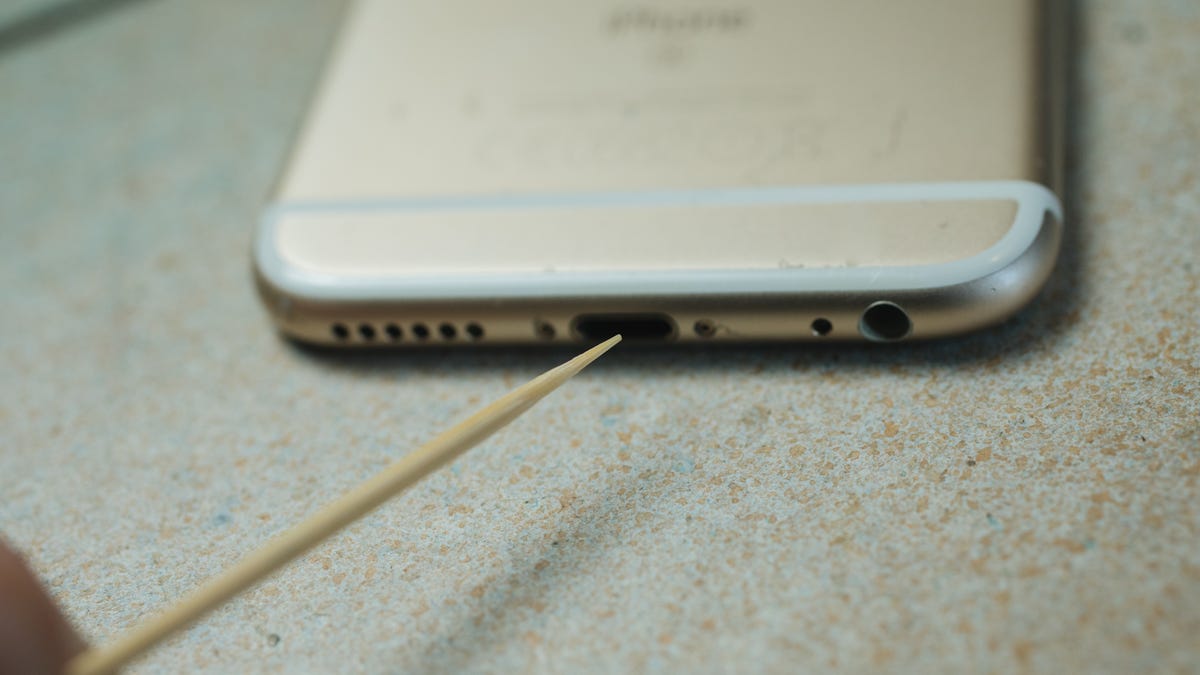The famous Arecibo Observatory in Puerto Rico collapsed due to a combination of decayed zinc in the telescope’s cable sockets and previous damage from Hurricane Maria, according to a report published by the National Academies of Sciences, Engineering, and Medicine.
The massive radio telescope’s collapse in December 2020 marked the end of a prolific source of radio astronomy data. According to the recent report, the root cause of the telescope’s collapse was “unprecedented and accelerated long-term zinc creep induced failure.” That failure occurred in the telescope’s cable sockets—crucial bits of infrastructure for supporting the telescope’s 900-ton platform, which hung above the radio dish.
The cables began to fail before the collapse. The NSF decided to demolish the dish before it fell, but the weakened infrastructure beat them to the punch. The Academies’ Committee on Analysis of Causes of Failure and Collapse of the 305-Meter Telescope at the Arecibo Observatory published the aptly titled report. The committee analyzed data and investigations collected and performed by the University of Central Florida and the National Science Foundation (NSF). You can read the report online here.
The telescope’s collapse in 2020 was dramatic as it was swift. The cables suspending the telescope’s platform above the its 1,000-foot (304.8-meter) dish snapped, causing the platform to plummet down through the radio dish. The catastrophic collapse took less than 10 seconds, thus ending the venerated observatory’s 57 years of operation in northern Puerto Rico. The Arecibo Observatory discovered new exoplanets, created maps of other worlds, observed fast radio bursts, and aided in humankind’s search for life beyond Earth.
“The lack of documented concern from the contracted engineers about the inconsequentiality of cable pullouts or the safety factors between Hurricane Maria in 2017 and the failure is alarming.”
However, the report found the collapse began well before the fateful day in December 2020. The committee concluded that the “failure sequence” took 39 months and began with the effects of Hurricane Maria in September 2017. Inspections following the storm found evidence of cable slippage, according to the report, but wasn’t investigated further or addressed by anyone. “The lack of documented concern from the contracted engineers about the inconsequentiality of cable pullouts or the safety factors between Hurricane Maria in 2017 and the failure is alarming,” the committee wrote.
But that’s not all. As the committee noted, “in over a century of successful use prior to the Arecibo Telescope’s collapse, all the forensic investigations agreed that such a spelter socket failure had never been reported.” The report went on: “The only hypothesis the committee could develop that provides a plausible but unprovable answer … is that the socket zinc creep was unexpectedly accelerated in the Arecibo Telescope’s uniquely powerful electromagnetic radiation environment.” In other words, the sockets’ role in suspending such a powerful radio transmitter somehow contributed to the 2020 catastrophe.
In October 2022, the National Science Foundation announced that the site would be remade into a STEM-focused education center, with a slated opening of 2023. But in June 2023, the observatory officially scaled back the succession plans. In September 2023, NSF announced their institutional partners to manage the transition of the observatory site into an education center. The site may never again collect radio data, but it will—in some form—continue its legacy as an epicenter of astronomical discovery.

/cdn.vox-cdn.com/uploads/chorus_asset/file/24083304/DSC03743_processed.jpg)
/cdn.vox-cdn.com/uploads/chorus_asset/file/25710925/Image_4.JPG)




:quality(85):upscale()/2024/10/31/801/n/49351082/b84152bf6723c91b32cc73.86821940_.jpg)
:quality(85):upscale()/2024/10/29/581/n/1922153/3f2adeb76720db8a0484f8.73093870_.jpg)
 English (US) ·
English (US) ·